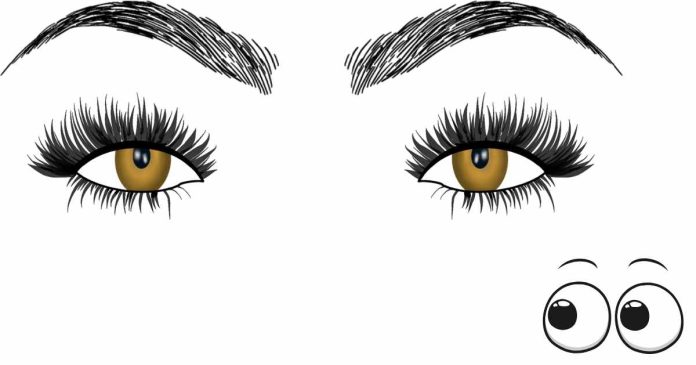The difference between hazel eyes and other eye colors like brown, green, or blue can be understood in terms of their color composition and how light interacts with the eyes. Below are the key distinctions:
1. Eye Color Composition of Hazel Eyes
- Hazel eyes are a mixture of brown, green, and amber tones. What makes them unique is that the color can appear to change depending on lighting, the color of clothing, and the environment. The amount of melanin (pigment) in the iris and the way light scatters across the eyes contributes to their distinctive look.
- Brown eyes: Dominated by high melanin levels, which make them appear dark brown or almost black.
- Green eyes: Caused by moderate melanin levels and a slight yellowish or golden tint, often appearing as lighter and more vibrant than brown.
- Blue eyes: Result from low melanin, and light is scattered in a way that reflects a blue hue due to the Rayleigh scattering effect (the same principle that makes the sky look blue).
2. Genetics and Inheritance
- Hazel eyes are often the result of heterozygous inheritance, meaning the child might inherit a combination of brown and green eye genes from their parents.
- Eye color is controlled by multiple genes, and hazel eyes can sometimes be a combination of the genes responsible for brown and green eyes. The most prominent gene for eye color is the OCA2 gene, which controls melanin production.
3. Appearance and Light Interaction
- Hazel eyes can appear lighter or darker depending on the amount of melanin and the reflection of light. In different settings, they may appear more greenish, brown, or even golden.
- Unlike blue eyes, which remain a consistent shade of blue, hazel eyes tend to have more dynamic color due to the varied pigmentation and light reflection.
4. Eye Color Variability in Hazel Eyes
- One of the most unique traits of hazel eyes is that they often appear to change color throughout the day or in different environments. For instance:
- In bright light, they may look more green or golden.
- In dim lighting, they might appear more brown or amber.
- This change can be influenced by factors such as clothing colors, the surrounding environment, or even mood.
5. Hazel Eyes vs. Brown, Green, and Blue
- Hazel vs. Brown: Hazel eyes often have a mix of lighter shades like green and amber, whereas brown eyes are darker and dominated by a more uniform brown hue due to higher melanin.
- Hazel vs. Green: Hazel eyes typically contain a mix of brown and green, while green eyes tend to have a more distinct and vibrant green color.
- Hazel vs. Blue: Hazel eyes are generally more brownish or amber, whereas blue eyes result from low melanin levels and light scattering.
6. Prevalence
- Hazel eyes are less common than brown eyes but more common than green eyes. Around 5% to 8% of the world’s population is estimated to have hazel eyes, making them one of the rarest eye colors.
Conclusion
The primary difference between hazel eyes and other eye colors lies in the blend of colors, including shades of brown, green, and amber, and the fact that their color often appears to change depending on light and environment. While brown eyes are generally darker and more uniform in appearance, and green eyes are more vibrant and distinct, hazel eyes are known for their dynamic and changing look.


